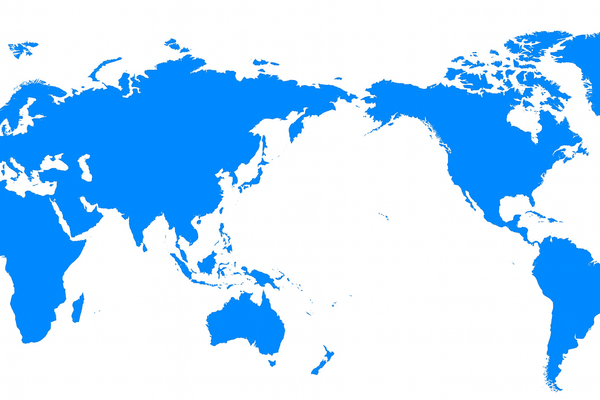
US trade reset redraws Asia’s strategic map
Washington’s new tariff schedule lowers duties on Vietnam, Indonesia, and others while unexpectedly raising rates on the Philippines, redrawing Asia’s trade dynamics.
A collection of 20 posts

Washington’s new tariff schedule lowers duties on Vietnam, Indonesia, and others while unexpectedly raising rates on the Philippines, redrawing Asia’s trade dynamics.
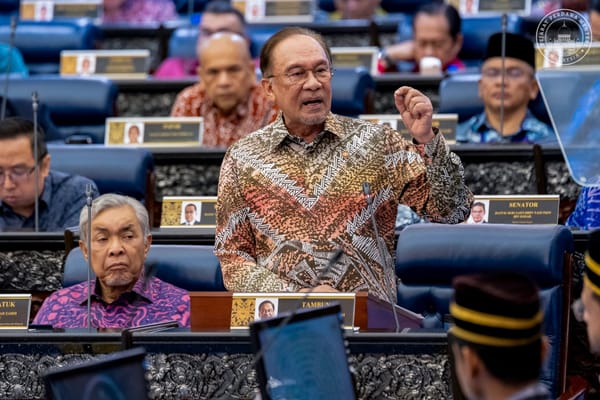
Trump’s attendance would mark the first time a Republican president has attended an Association of Southeast Asian Nations (ASEAN) leaders’ meeting, following several years of lower-level US representation.
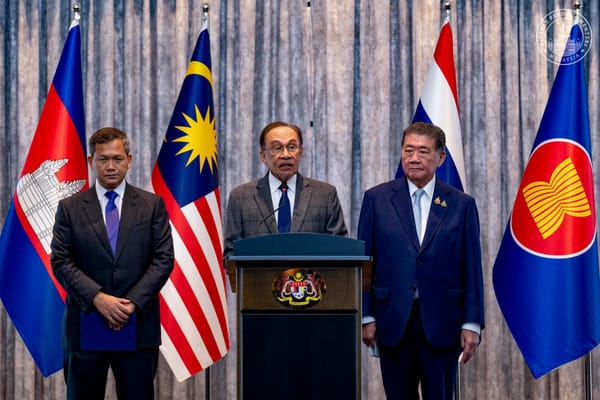
The ceasefire was negotiated in Malaysia after 5 days of deadly clashes that killed at least 43 people and displaced over 300,000. Although the agreement was declared “immediate and unconditional”, field commanders on both sides reported violations within hours.
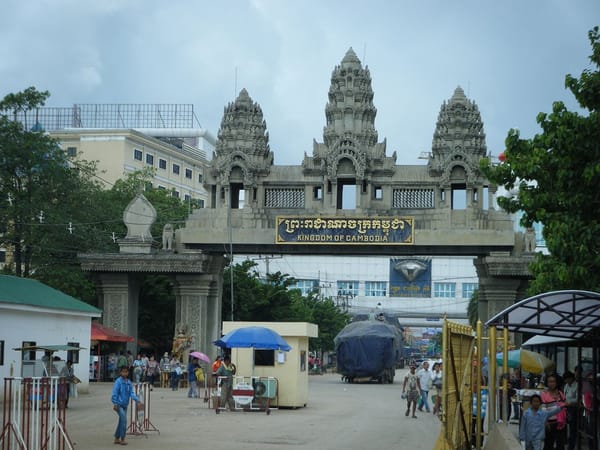
The United Nations Security Council (UNSC) convened a closed-door session on 25 July at Cambodia’s request, in response to what became Southeast Asia’s most severe interstate conflict in over a decade.

“This is a safeguard to protect Malaysia’s status as a responsible trade partner,” the ministry said in a statement issued on 14 July. “Firms found violating these controls will face legal action.”
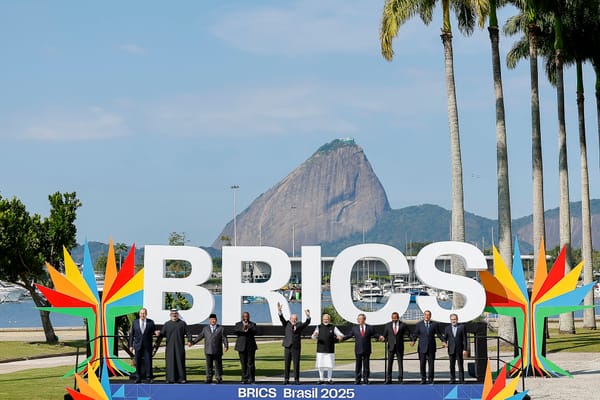
French economist Thomas Piketty urged Western powers to take BRICS seriously, given its rising economic weight. He noted the bloc has surpassed the G7 in purchasing power parity, accounting for more than 32% of global GDP.
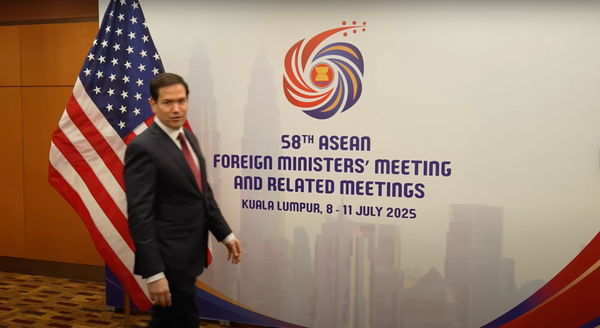
Southeast Asia (SEA) governments are seeking clarification and concessions after US Secretary of State Marco Rubio’s first official visit to the region, which followed the Trump administration’s decision to issue new tariff notices to nearly all ASEAN countries.
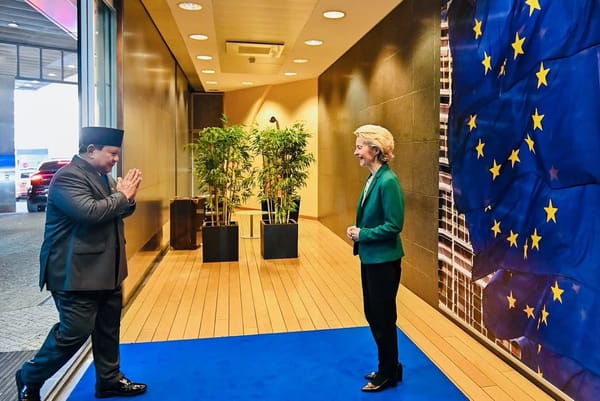
Indonesian President Prabowo Subianto described the deal as a win for economic sovereignty. “We agreed to deepen the Comprehensive Economic Partnership Agreement or CEPA to open up greater opportunities for sustainable trade and investment in the country,” Subianto wrote on Facebook.
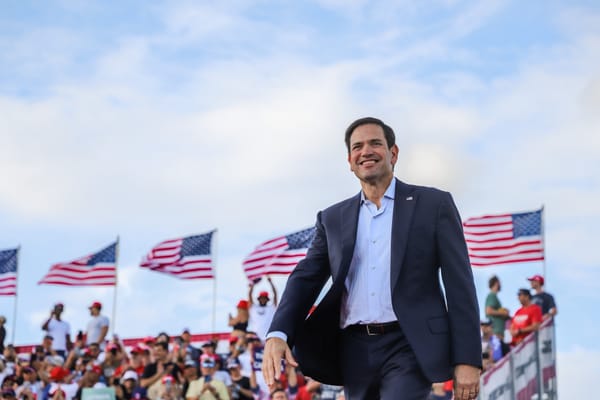
According to a White House press release, Rubio’s trip aims to highlight the strength of the US’s Comprehensive Strategic Partnership with ASEAN and to reaffirm the commitment to building on the Comprehensive Partnership with Malaysia.
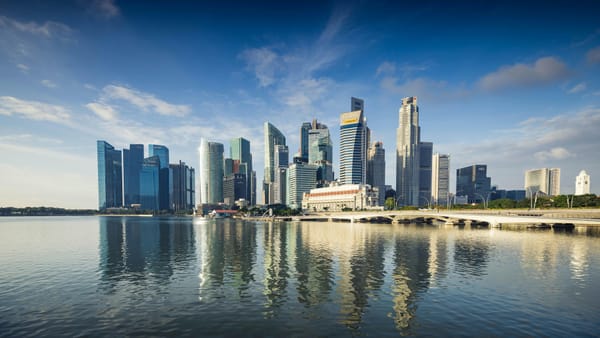
ASEAN's uneven performance reflects structural problems, including talent constraints, uncoordinated capital flows and a lack of cross-border regulatory support.
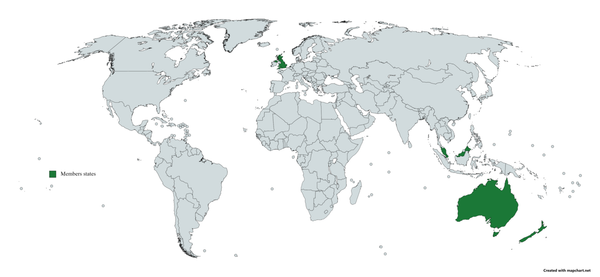
Signed in 1971, the FPDA links Malaysia, Singapore, Australia, New Zealand and the UK in a consultative defence framework that allows for joint military exercises, intelligence-sharing and operational coordination.

Bambang Brodjonegoro, dean of the ADB’s Tokyo-based think tank, said Southeast Asia’s largest middle-income economies are at risk of long-term stagnation as demographic advantages fade and productivity growth stalls.
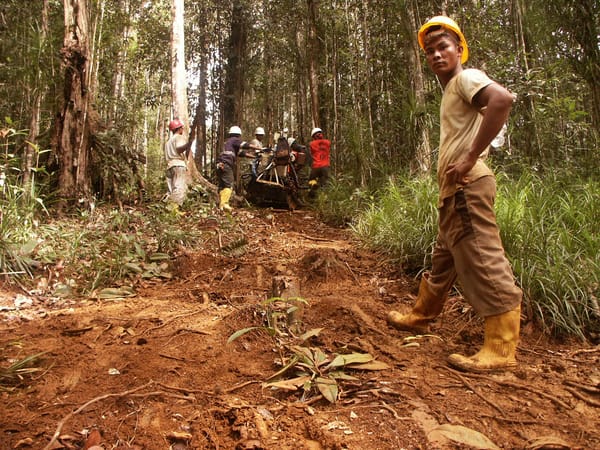
As Indonesia asserts control over its vast nickel reserves, a new supply route is forming between Southeast Asia (SEA) and Central and Eastern Europe (CEE). France and Hungary are emerging as key European partners in the electric vehicle (EV) supply chain, linking mineral extraction in Indonesia to battery production in

French President Emmanuel Macron called France “a power that respects its partners” during his 25-29 May tour of Vietnam, Indonesia and Singapore, when he promoted his country as a strategic partner for Southeast Asia (SEA) amid growing US-China rivalry. The trip focused on trade, defence and clean energy cooperation, as

The landscape of Environmental, Social and Governance (ESG) reporting is shifting in 2025 as regulatory mandates grow more stringent globally, even while political pushback intensifies in parts of the world, and most notably the US. The regulatory trend is clear. Governments and oversight bodies are moving to standardise and enforce